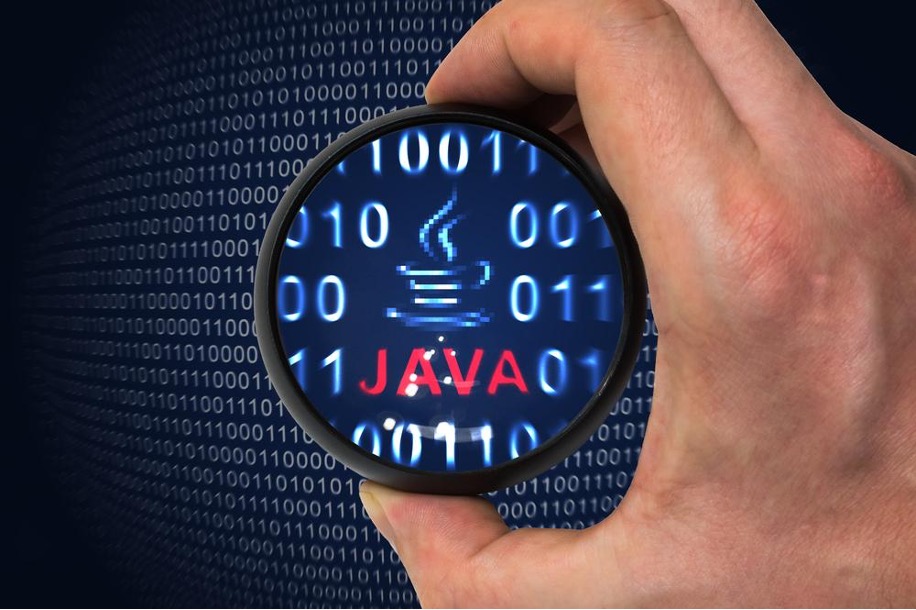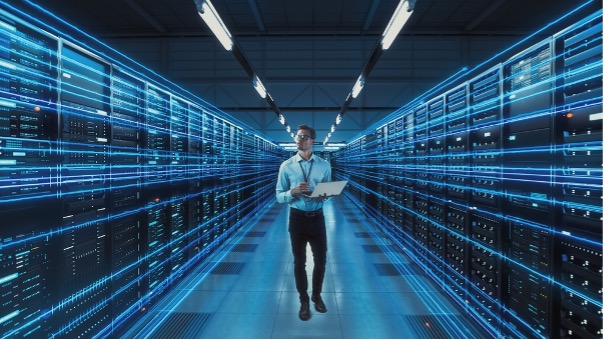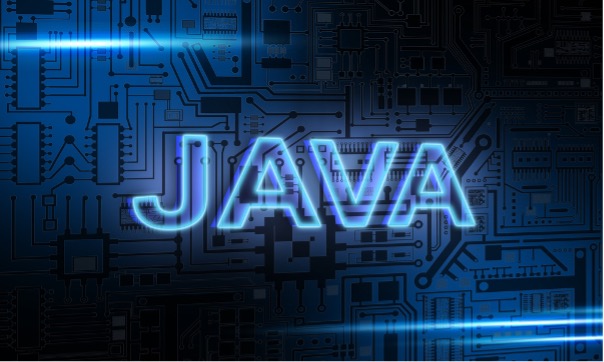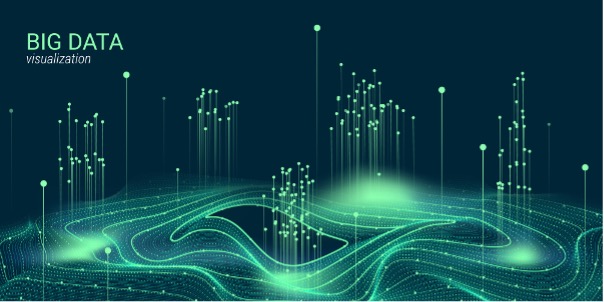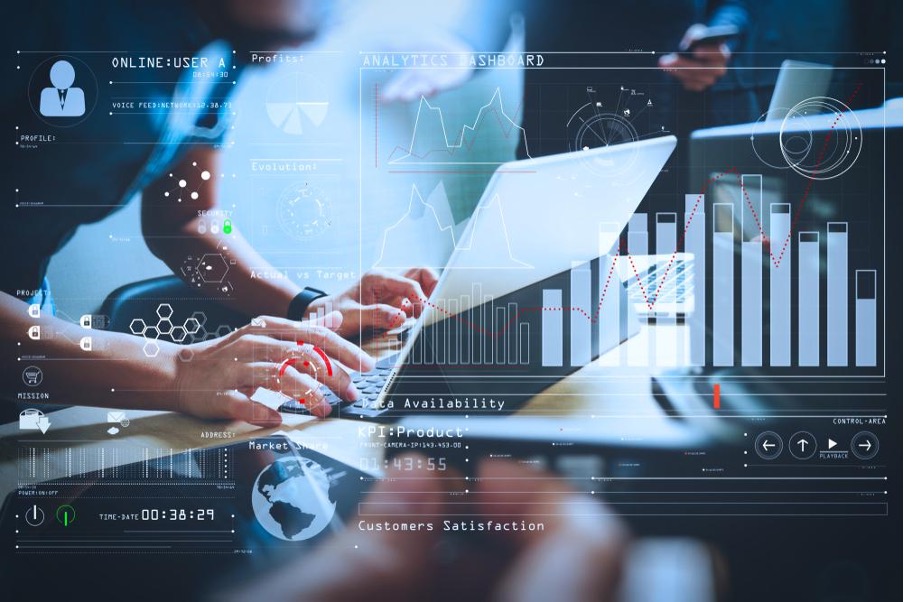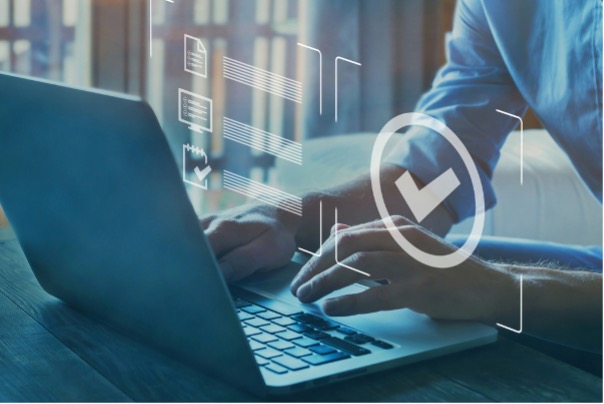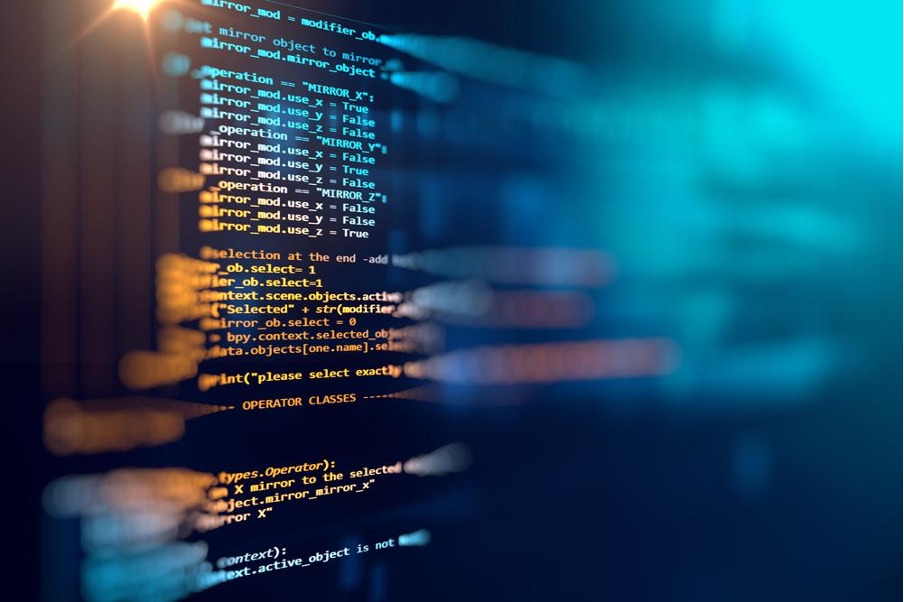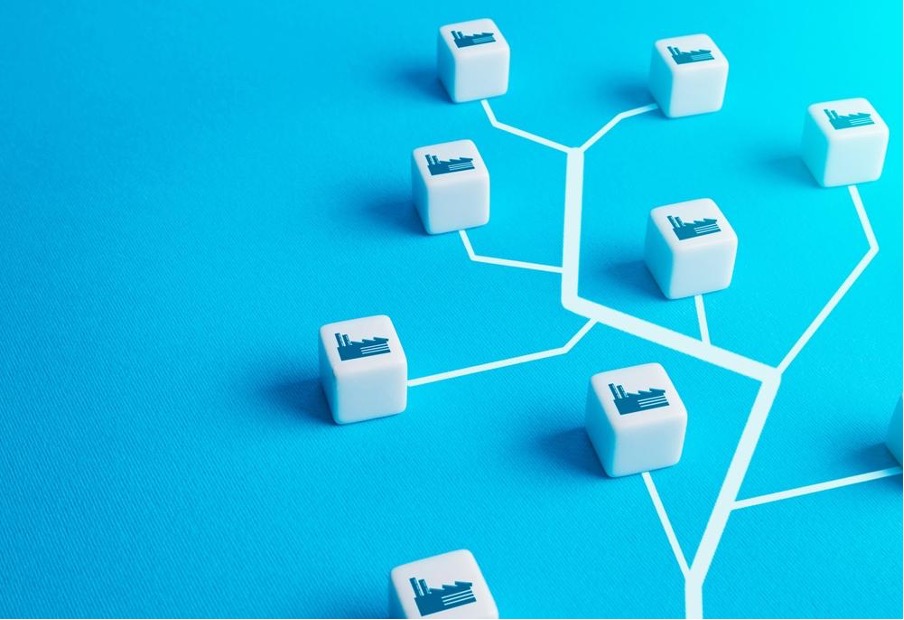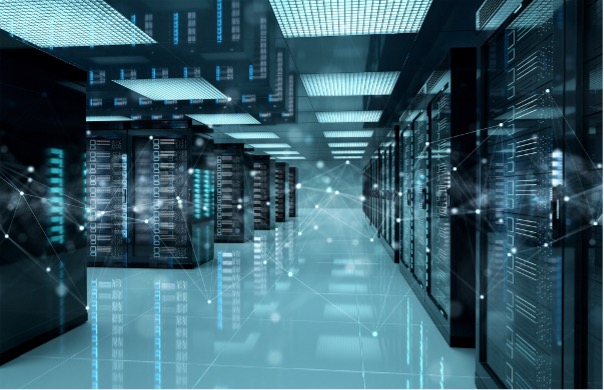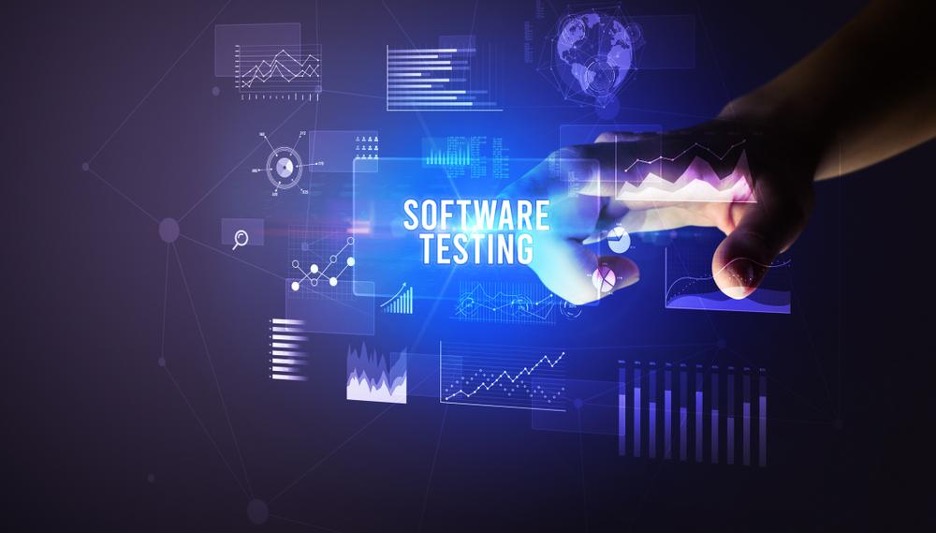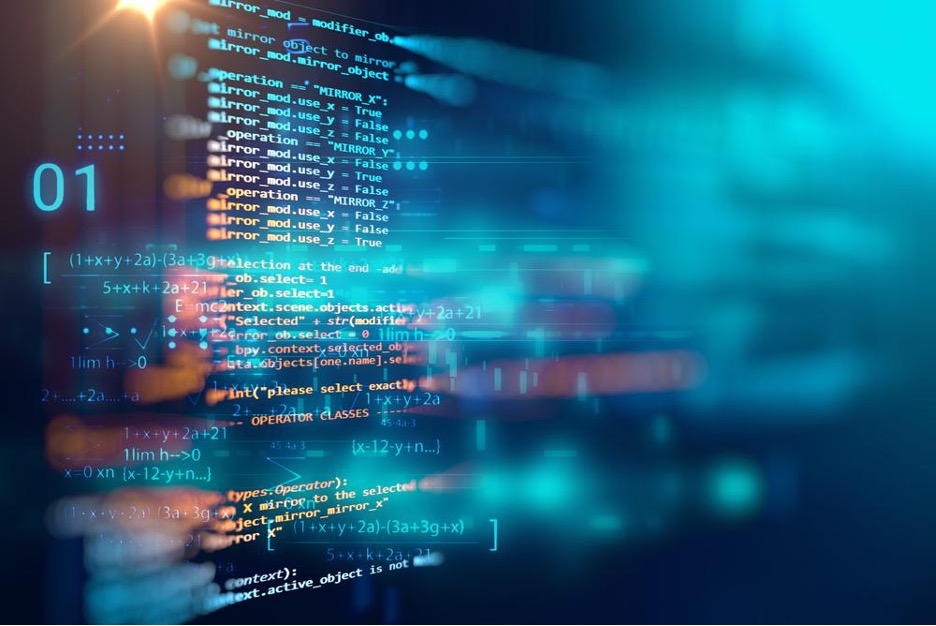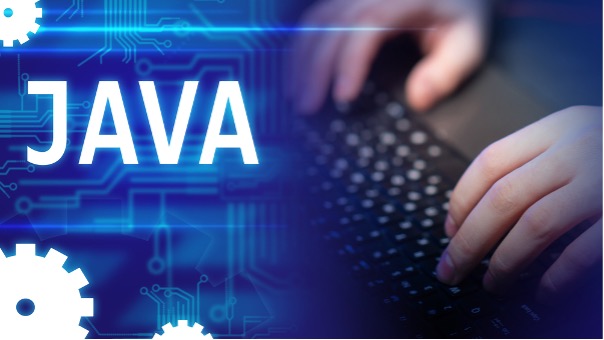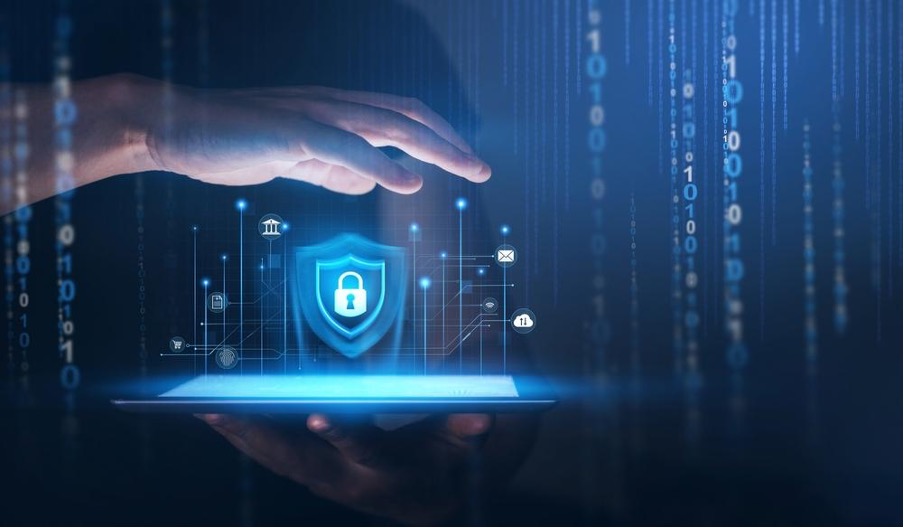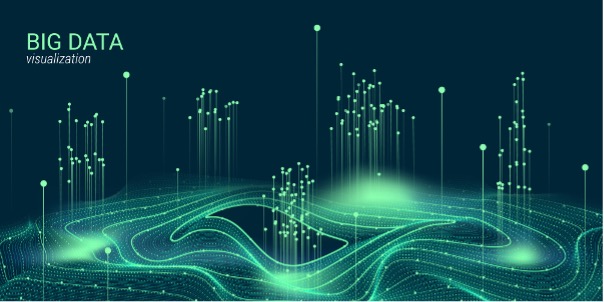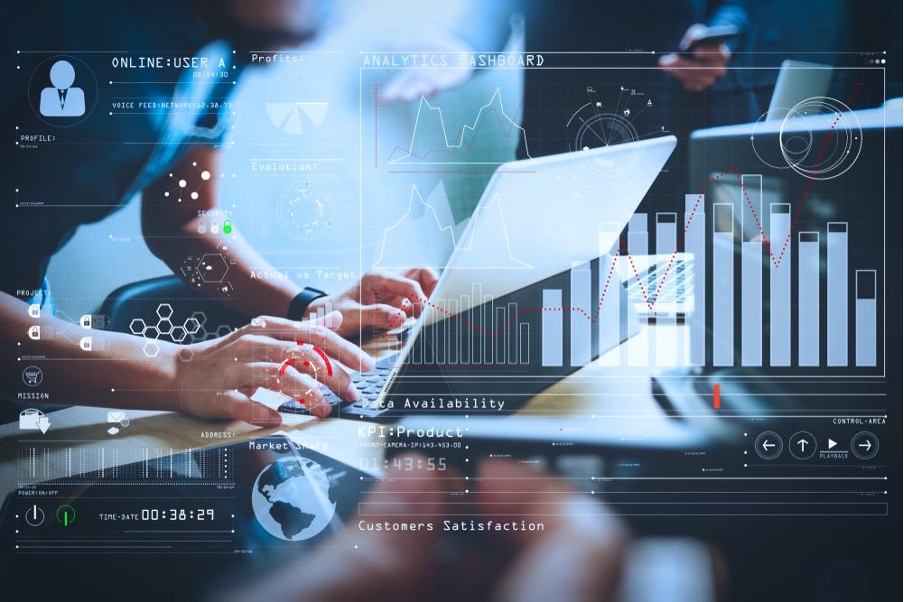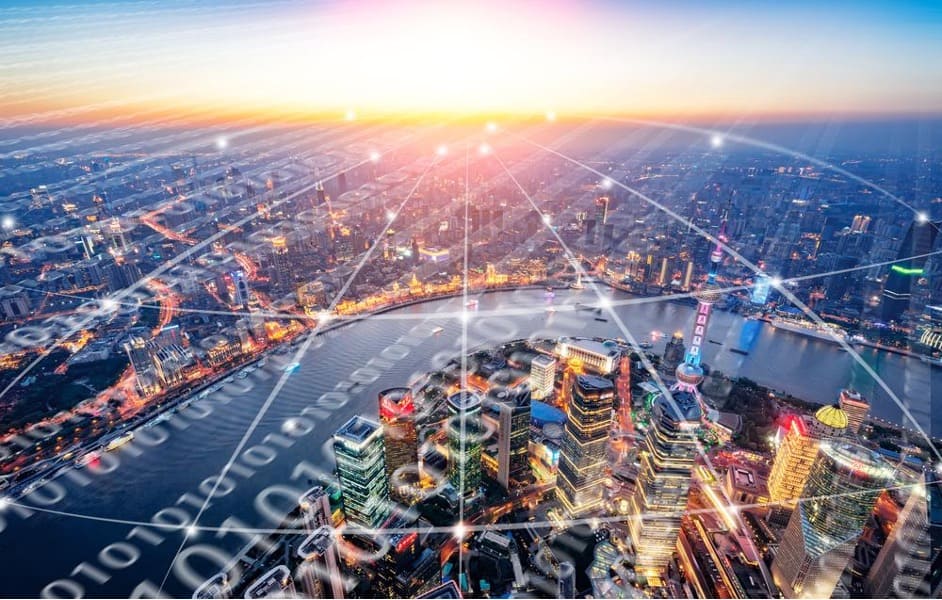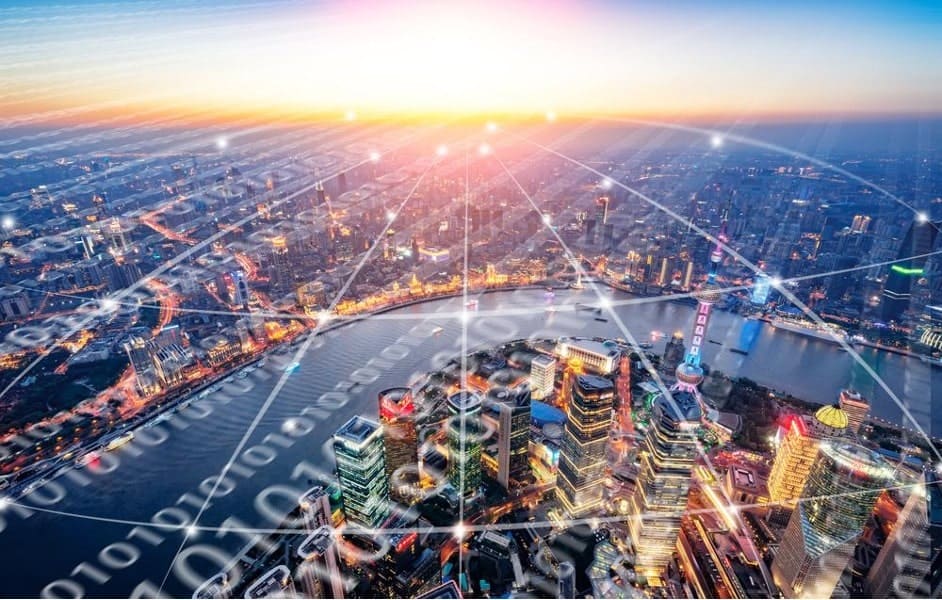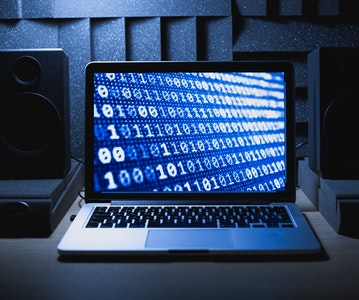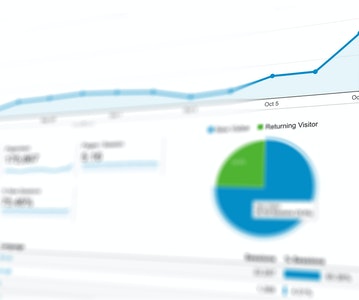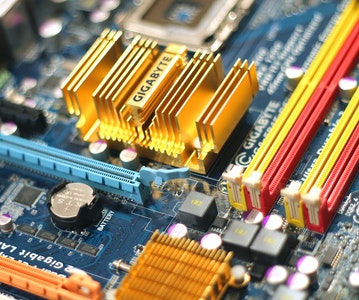This article is about Cyber Security
Cyber Security Approaches for Threat Detection and Remediation
By NIIT Editorial
Published on 11/05/2021
9 minutes
Cybersecurity is the method of defending computers, servers, mobile devices, electronic systems, networks, and data from viruses and malicious attacks. The term is also referred to as information technology security or electronic information security.
Importance of Cyber Security
There is a lot of crucial data that is collected and stored by various organizations including the Government, corporate houses, military, and even medical organizations. A considerable fraction of that data can be sensitive information, whether that be intellectual property, financial data, personal information, or other types of data for which unauthorized access or exposure could have unfavorable outcomes. Organizations transfer sensitive data across networks and to other devices in the process of doing business. To protect this information, cybersecurity describes the discipline inscribed to safeguarding that information and the systems used to process or store it.
Types of Cyber Threats
Phishing
Phishing is a greatly popular type of cyber-attack. It is the process of sending false emails that correspond to emails from trustworthy sources. It aims to steal all sensitive data like bank card numbers and login information.
Ransomware
Ransomware is a type of malicious software. It is designed to defraud money by blocking access to files or the computer system until the ransom is paid.
Malware
Malware is a type of software intentionally designed to obtain unauthorized access or to cause damage to a computer. Computer viruses, worms, Trojan horses, ransomware, spyware, adware, rogue applications, wiper, and scareware are all examples of malware.
Elements of Cyber Security
For substantial cybersecurity, every organization needs to coordinate its efforts throughout the entire information system. Elements of cybersecurity comprise all of the following:
- Network security: The process of protecting the network from unpleasant users, attacks, and intrusions.
- Application security: Applications require consistent updates and testing to assure the security of these programs from invasions. To maintain the software and devices free from threats, successful security begins in the design stage, well before a program or device is deployed.
- Operational security: This refers to the procedures and decisions used to handle and safeguard data assets. Accessing networks and the procedures that determine how and where the data may be stored or shared comes under operational security.
- End-user education: The most unforeseen cybersecurity factor is people. Individuals can accidentally launch a virus to an otherwise secure system if he fails to follow good security practices. So it is essential to teach users to delete any cautious email attachments, plugging of unidentified USB drives, and various other important aspects for the security of any organization.
- Database and infrastructure security: Protecting the devices that involve databases and physical equipment is equally important to ensure the consistency of the work process.
Cyber Security Approaches for Intrusion Detection & Prevention
Intrusion Detection Systems (IDS) and Intrusion Prevention Systems (IPS) are two distinct types of network protection systems. IDS/IPS compares network packages to a cyber threat database that contains already known signatures of cyberattacks — and ensign matching packets promoting cybersecurity services.
An Intrusion Detection System (IDS) is a software application that monitors network traffic for cautious activity and alerts the system when such activity is discovered. Any malicious act or violation is usually reported to an administrator or is centralised using a security information and event management (SIEM) system. A SIEM framework combines data from several sources and employs alert filtering techniques to distinguish between malicious and false alarms.
Intrusion Prevention System (IPS)
Intrusion Prevention System, also known as Intrusion Detection and Prevention System, is a network protection programme that tracks network or system operation for malicious activity and can also prevent packet transmission depending on the type of attack it detects, thus assisting in the prevention of the attack.
Intrusion prevention systems are being studied as a supplement to Intrusion Detection Systems (IDS), since both IPS and IDS monitor network traffic and malicious activity .
There are six fundamental approaches to Intrusion Detection and Prevention. Some of the methods are executed inside various software packages where others are merely strategies used by an organization to reduce the likelihood of successful intrusion.
Approaches to Intrusion Detection and Prevention are as follows:
1. Pre-emptive Blocking:
It is also known as Banishment vigilance. It aims to avoid intrusion from occurring before they happen.
This is accomplished by detecting any warning signs of impending attacks and then blocking the user or IP address responsible for them. A software system will entirely alert the administrator when suspicious activity takes place. Then the admin decides whether or not to block such unwanted activities. If software automatically blocks any addresses it assumes skeptical, you run the risk of blocking out legitimate users. So, this sort of approach should only be a part of an overall intrusion-detection strategy and not the entire strategy.
2. Anomaly Detection:
This approach involves existing software that works to detect intrusion undertakings and to then notify the administrator. The process is simple. Firstly the system looks for any kind of abnormal activity or any activity that does not match the set pattern. After that, it compares the observed activities with the expected behavior of the profile.
Any undesired activity is evaluated as an anomaly and is logged. Often this situation is considered a "traceback" detection or "traceback" process.
3. Threshold Monitoring:
Threshold monitoring pre-sets acceptable behavior levels and observes whether these levels are outperformed. For instance, a finite number of failed login attempts or controlling the user's time of connection and the amount of data the user downloads. This approach defines acceptable behavior from the system.
4. Resource Profiling:
This approach aims at developing a historic usage profile along with measuring the system-wide use of resources. Abnormal readings can be indicative of illegal activity underway. It might be complicated to interpret the meaning of changes in overall system usages.
5. User/Group Work Profiling:
In this approach, the IDS preserves individual work profiles about users and groups. These users and groups are required to obey these profiles carefully. And as soon as the user changes his/her activities, his/her expected work profile will be updated automatically to reflect those changes. This can be short-term and long-term depending upon the system itself. The short-term profiles capture recently shifted work patterns, whereas long-term profiles of an extended period.
Trends in Cyber Security
With the digital advancements around all businesses, small or large corporates, organizations, and even governments are depending on computerized systems to regulate their day-to-day activities and thus making cybersecurity a major goal to secure data from various online attacks or any unauthorized access. Here are the emerging trends in cybersecurity 2021.
1) Rise of Automotive Hacking
The rise of automotive hacking will be the first cybersecurity trend in 2021. Modern vehicles nowadays come packed with automatic software creating endless connectivity for the assistance of drivers from cruise control, engine timing to the door lock, and airbags. These vehicles interact using Bluetooth and WiFi, which exposes them to a variety of hacker attacks.
2) Integrating AI with Cyber Security
With AI being introduced in all market areas, this technology with a combination of machine learning has brought enormous changes in cybersecurity services. AI plays a vital role in many fields such as building automatic security systems, natural processing of language, face detection, and computerized threat detection. Although it is also being used to develop smart malware and attacks to avoid the latest security protocols in controlling data.
3) Mobile is the New Target
All our photos, financial transactions, emails, and messages hold more threats to individuals. Smartphone viruses or malware may capture the interest of cybersecurity trends in 2021.
4) IoT with 5G Network: The New Era of Technology and Risks
One of the emerging cybersecurity technologies could be the 5G networks that are expected to be rolled out soon globally. A new era of inter-connectivity will become a reality with the Internet of Things (IoT) This transmission between multiple devices also opens them to vulnerabilities from outside influence, attacks, or an unknown software bug. Even the world's most used browser supported by Google Chrome was found to have serious drawbacks. Every step of the 5G network might bring an abundance of network attacks that we might not be aware of.
5) Automation and Integration
With the size of data increasing each day, it is eminent that automation is incorporated to give more refined control over the information. Modern active work demand also pressurizes professionals and engineers to provide quick and skilled solutions, making automation more valuable than ever. Large and detailed web applications are furthermore difficult to safeguard, making automation, as well as cybersecurity, to be an essential concept of the software development process.
6) Cloud is Also Potentially Vulnerable
Nowadays every organization has organized information on clouds so security measures need to be continuously regulated and updated to protect the data from leaks. Although cloud applications such as Google or Microsoft are well organized with security from their end still, the problem occurs at the user's end, it acts as a critical source for inaccurate errors, malicious software, and phishing attacks.
7) Data Breaches: Prime target
Whether it be for an individual or organization, protecting digital data is the principal goal now. Any slight flaw or bug in your system browser or software makes it easy for hackers to access the owner's personal information.
8) Insider Threats
Human error is still one of the major reasons for a data violation. Any bad day or planned loophole can bring down a whole organization with millions of stolen data. So it is necessary to establish more awareness within premises to secure data in every way possible.
Become a Cyber Security Specialist
NIIT’s flagship venture, StackRoute, is giving you the opportunity to become a cybersecurity analyst irrespective of the fact whether you have experience in the IT field or not. The Advanced Post Graduate Programme in Cybersecurity and SecOps is designed with a careful view of beginner, intermediate and advanced level learners.Students are trained by seasoned faculty and are ensured to get placement assistance for a straightforward, processed route into cybersecurity.
Advanced PGP in Cybersecurity and SecOps
Become an industry-ready StackRoute Certified Cybersecurity Analyst. This program transforms learners with no Information Technology background into cybersecurity specialists. This is a Job-Assured Program with a minimum CTC of ₹ 5LPA*
Job Assurance*
Flexible Payment Option
 Sign Up
Sign Up





